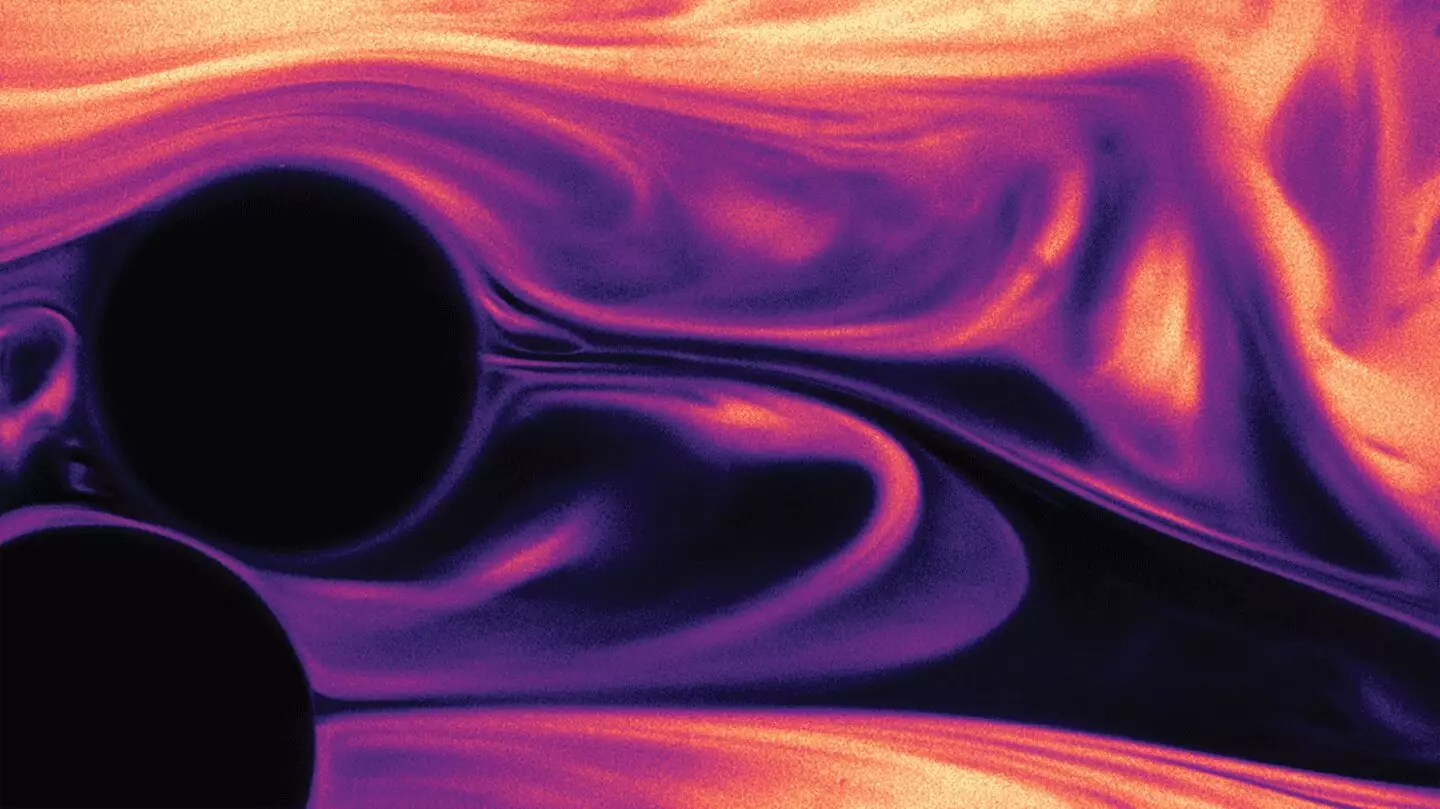Imagine the delightful moment when cream cascades into a cup of coffee, creating a mesmerizing whirlpool that showcases nature’s splendor in a mere beverage. This scene invokes more than just aesthetics; it symbolizes the intricate dance of fluids that holds great importance across various industrial applications. The act of mixing, often taken for granted, serves as a critical mechanism in producing materials we rely on every day. Industries ranging from plastics to pharmaceuticals utilize mixing to create products, yet the complexities involved in mixing within confined and structured environments, such as those found in industrial processes, pose significant challenges.
In essence, the chaotic amalgamation seen in a coffee cup serves as a stark contrast to the controlled environment of industrial mixing, where forces are meticulously managed within packed beds of grains. Traditional mixing within these settings mirrors the precision of an espresso machine, where pressurized water extracts flavors from tightly compressed coffee. However, achieving efficient mixing in such restricted spaces becomes a daunting task due to the small and limited voluminous pockets available for turbulence—elements crucial for enhancing chemical reactions.
Innovation at Princeton
Recently, a groundbreaking study spearheaded by Princeton Engineering has provided exciting insights into this field of fluid dynamics. Researchers have discovered a method of mimicking turbulent mixing within porous environments by incorporating springy polymers into the fluid dynamics equation. This innovative approach effectively transforms micro-scale pores into a space capable of achieving rapid mixing, akin to the dynamics seen in a coffee cup. Led by Christopher Browne and guided by Sujit Datta, this research not only challenges long-standing paradigms but also opens new avenues for increasing efficiency in chemical reactions across numerous industries.
Browne’s journey from a budding graduate student to a postdoctoral researcher exemplifies the rigors and intricacies of scientific inquiry. Originally focusing on mixing processes, he found himself faced with a multitude of challenges that required innovative problem-solving. As he navigated these complexities, the resulting study brought forth compelling data and transformative findings that could significantly alter the landscape of chemical manufacturing.
Enhancing Reaction Rates
The implications of this research are profound. Browne and Datta revealed that by enhancing mixing techniques through the use of elastic polymers—materials that share a kinship with those found in everyday products like diapers—they could accelerate chemical reaction rates by an astonishing factor of ten. This revelation highlights the untapped potential of fundamental materials that are both accessible and adaptable, thus moving away from costly alterations in grain geometry often proposed in the past.
The scientists demonstrate that tuning these polymers in accordance with specific fluids offers a versatile solution, uniquely tailored to various applications. Their approach offers insights into how commonplace materials can solve complex engineering problems, thereby making processes not only more efficient but also economically viable. The elegant simplicity of their methodology belies a powerful potential, manifesting into practical strategies that can be implemented across different engineering fields.
A New Paradigm in Engineering
What makes Browne and Datta’s findings particularly compelling is the shift from a traditional, expensive, and often impractical approach in modifying grain structures to a more scalable and accessible technique rooted in the properties of polymers. This advancement signifies a broader rethinking of problem-solving within fluid dynamics. Instead of being constrained by the limitations of existing approaches, researchers and engineers are now empowered to adopt a new mindset that leverages everyday materials for extraordinary outcomes.
Datta articulates this paradigm shift poignantly: it’s not merely a cosmetic phenomenon but a transformative breakthrough that could revolutionize how we perceive and utilize chemical processes. The aesthetic appeal of chaotic mixing coupled with the potential it offers for engineering efficiencies creates a compelling narrative that transcends traditional boundaries.
As researchers at Princeton uncover the complex interplay between fluid dynamics and material science, they are unveiling a matrix where art meets the science of engineering. Through meticulous exploration and by embracing the unpredictability of chaos in fluids, they’ve crafted a pathway that not only unmasks the elegance of turbulence but stands to benefit countless facets of our everyday lives, ultimately marrying beauty with functionality in unprecedented ways.


Leave a Reply